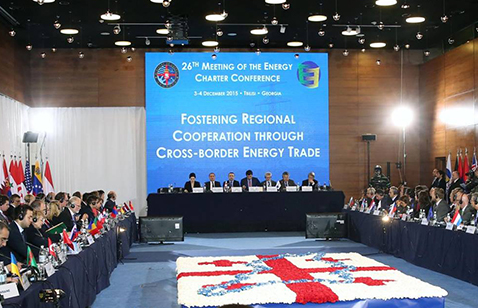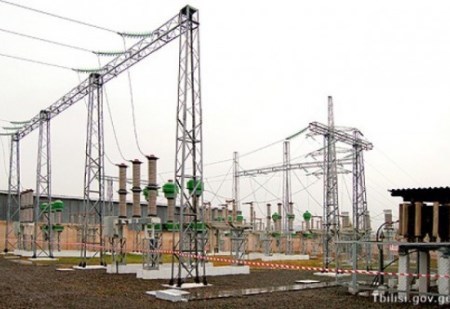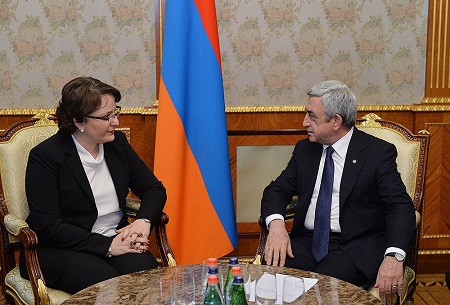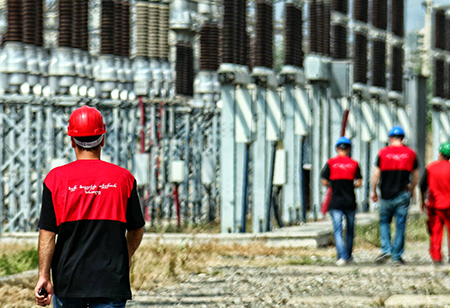Georgia will connect South Caucasian countries with electricity
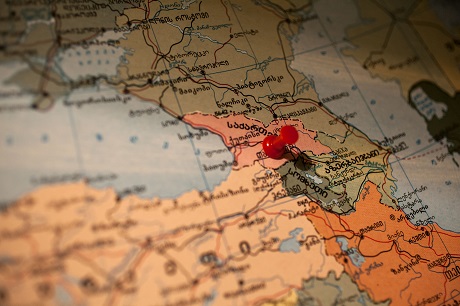
Georgia is becoming an "energy bridge” connecting South Caucasian countries with a reliable electricity supply.
Georgia, as chair country of the Energy Charter, is also considered a flagship country in the Caucasus region to support cooperation in the energy field. Our primary goal is to strengthen regional cooperation through trade in electricity,” Georgia’s Energy Minister Kakha Kaladze told more than 100 guests at today’s Energy Charter Conference.
As of today Georgia had completed construction of a 500 kW transmission line to Azerbaijan, had rehabilitated a 500 kW transmission line to Russia and planned to operate a 500 kW transmission line to Armenia, said Kaladze.
From all these planned and existing transmission lines, Georgia could connect South Caucasian countries’ energy systems and become an "energy bridge” in the region, he stressed.
Looking ahead, after implementing the Black Sea Transmission Network (BSTN) project now it was time to create a regional energy market together with Russia, Azerbaijan and Armenia, said Kaladze.
The BSTN project outlined rehabilitation and expansion of the existing transmission system to facilitate electric power transmission from Georgia to Turkey.
The 500/400/220kW Akhaltsikhe substation was officially commissioned on December 10, 2013. Construction of the substation was implemented under the framework of the BSTN project, which alongside this facility included several other important components –construction and rehabilitation of overhead transmission lines Vardzia 500 and Zekari 500 that interconnected Akhaltskhe, Zestaponi and Gardabani substations, as well as the construction of a new 400 kV overhead line from Akhaltsikhe substation to the Georgia-Turkey border.
The total contract price of the Akhaltsikhe substation and back-to-back station amounted to €158.8 million. The BSTN project was financed using €80 million loans each from the European Bank for Reconstruction and Development (EBRD) and the European Investment Bank (EIB), and a €100 million loan from the German Reconstruction Credit Bank KfW.
The Government of Georgia provided a co-financing contribution of €53 million, and €8 million was granted by the Neighborhood Investment Facility (NIF) of the European Union (EU).
Works commenced on September 1, 2010 and were completed in April 2013. Commissioning tests of the back-to-back station were performed at the end of November 2013.
Georgia was the first country in the Caucasus region to install a high-voltage direct current station (HVDC).
 Tweet
Tweet  Share
Share
